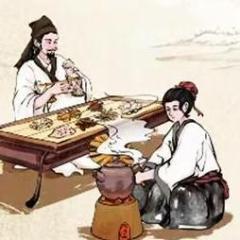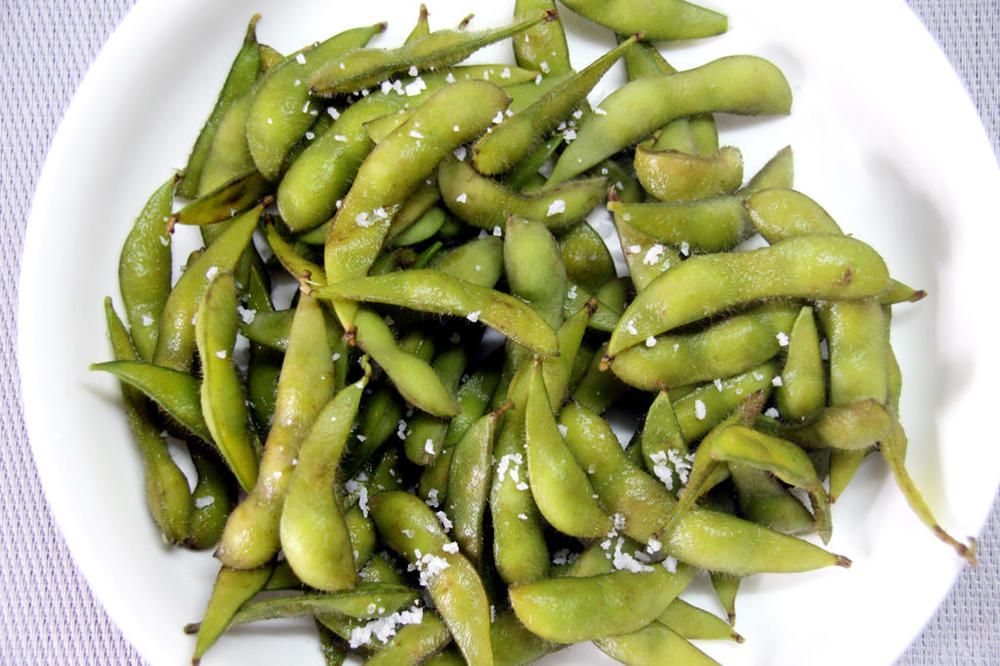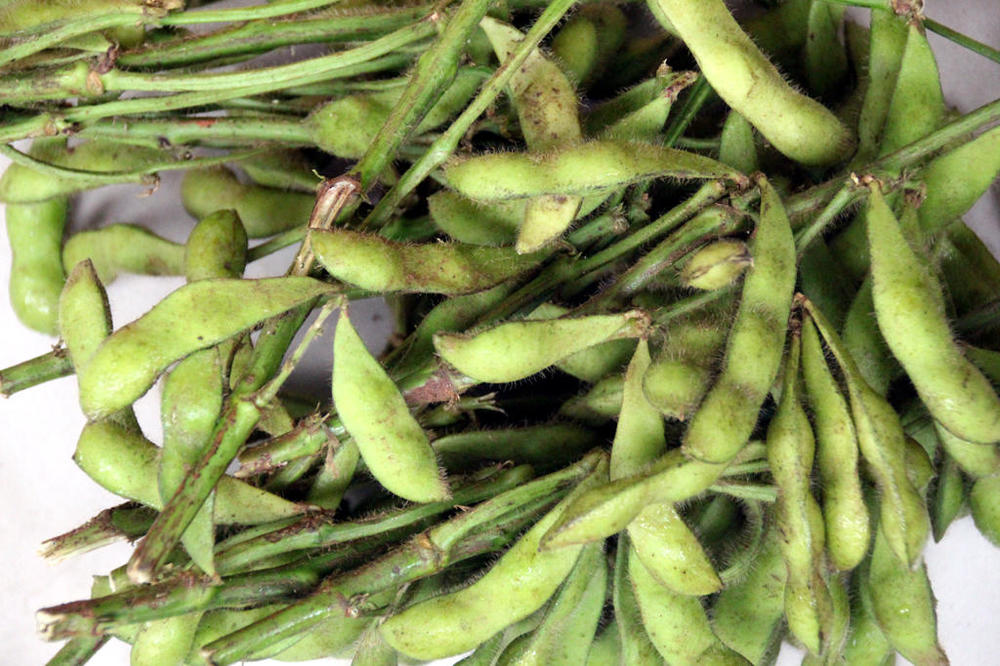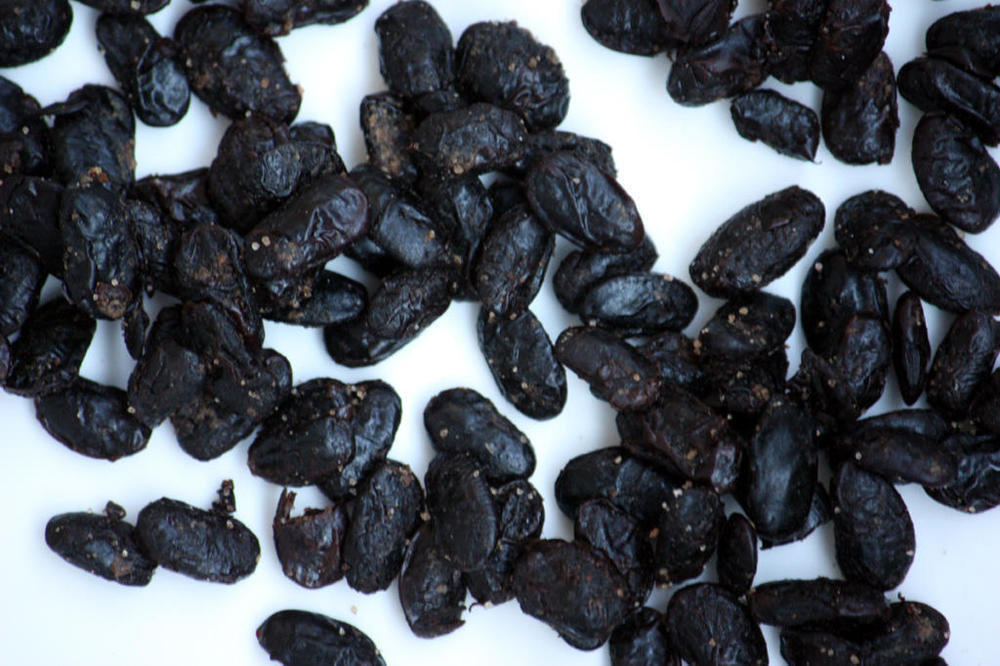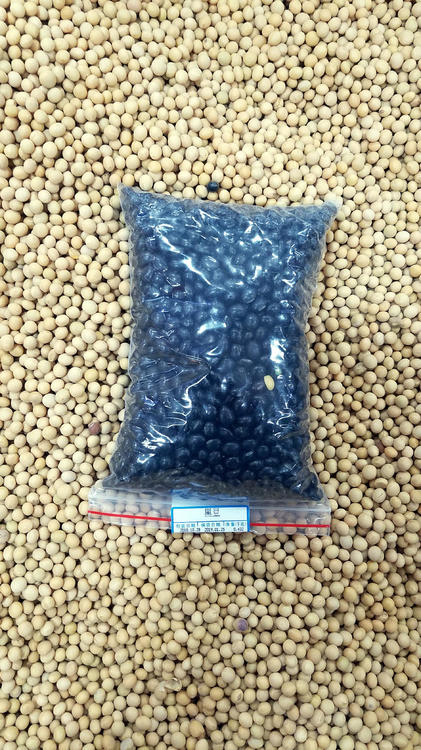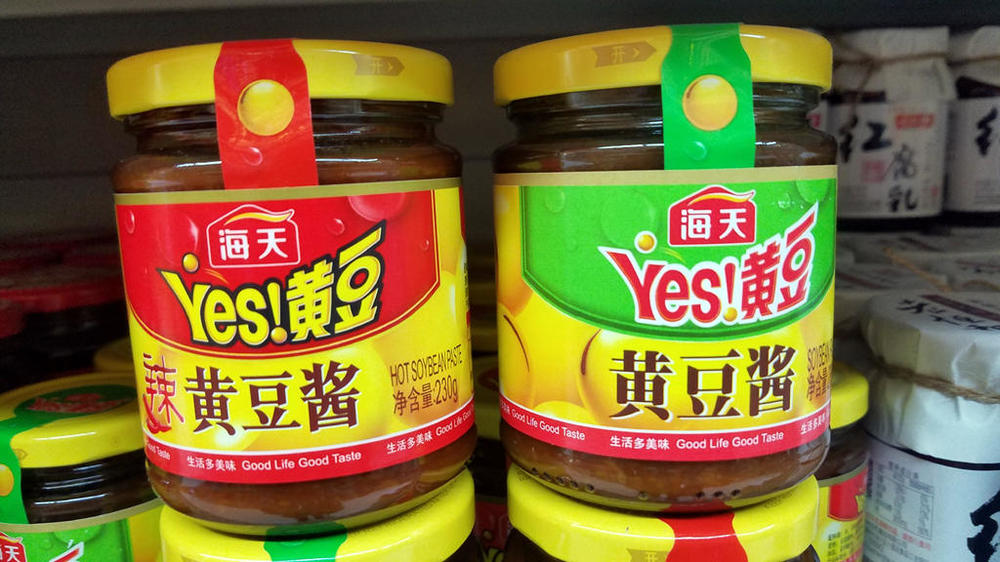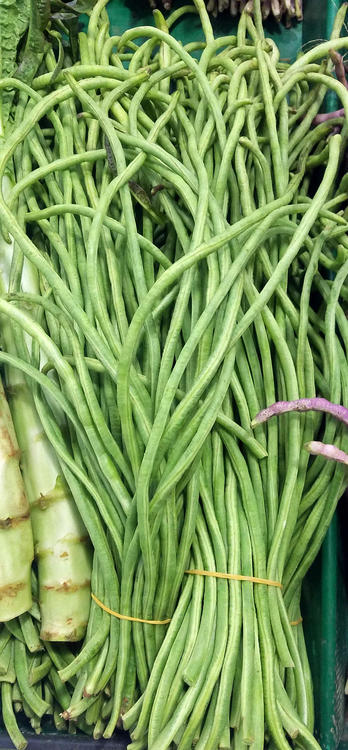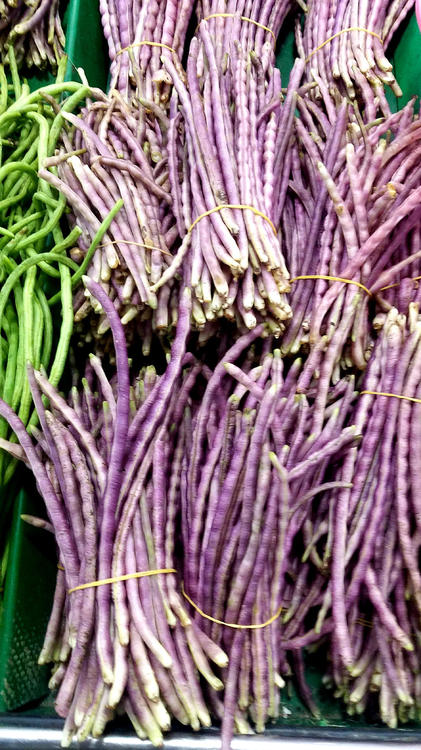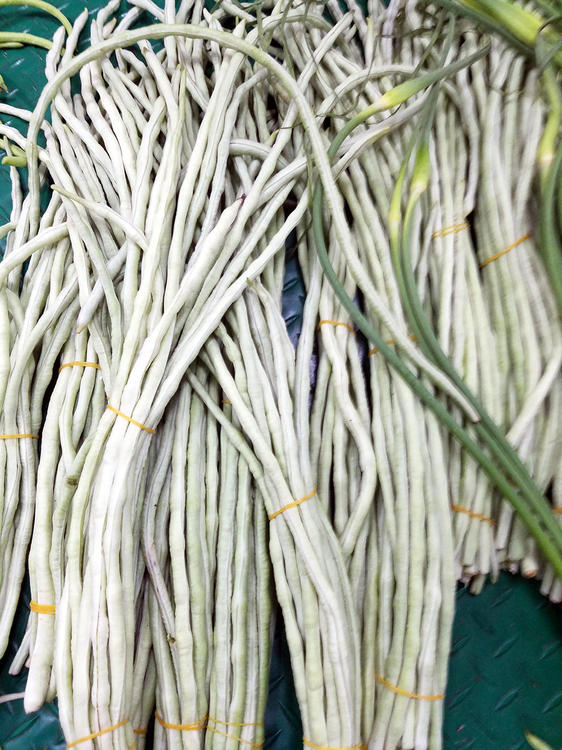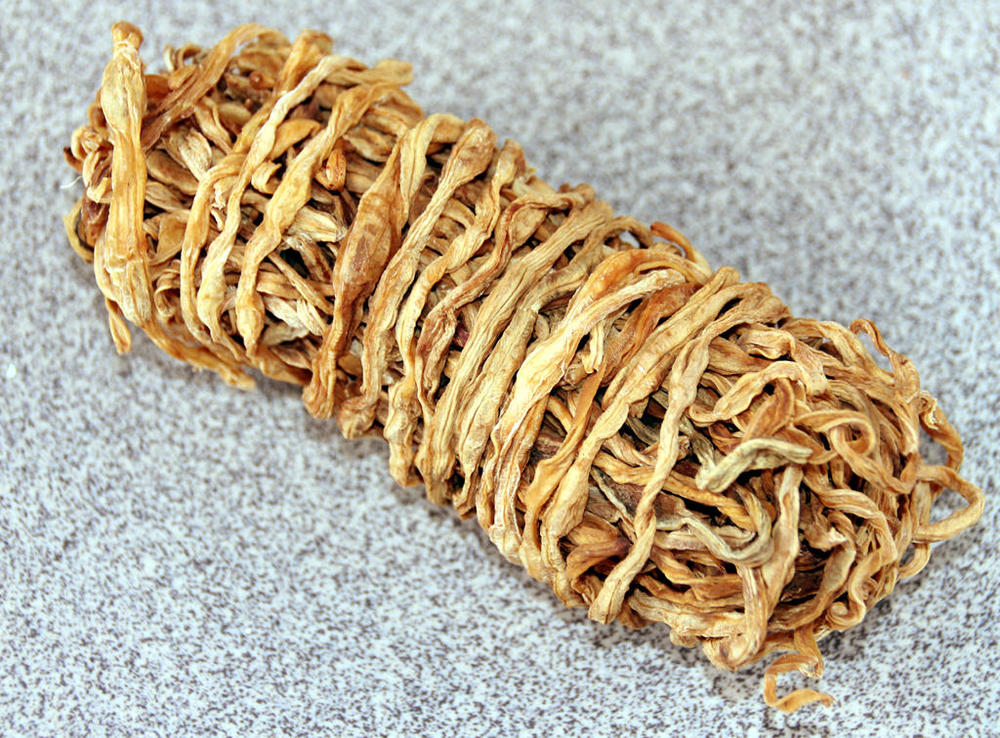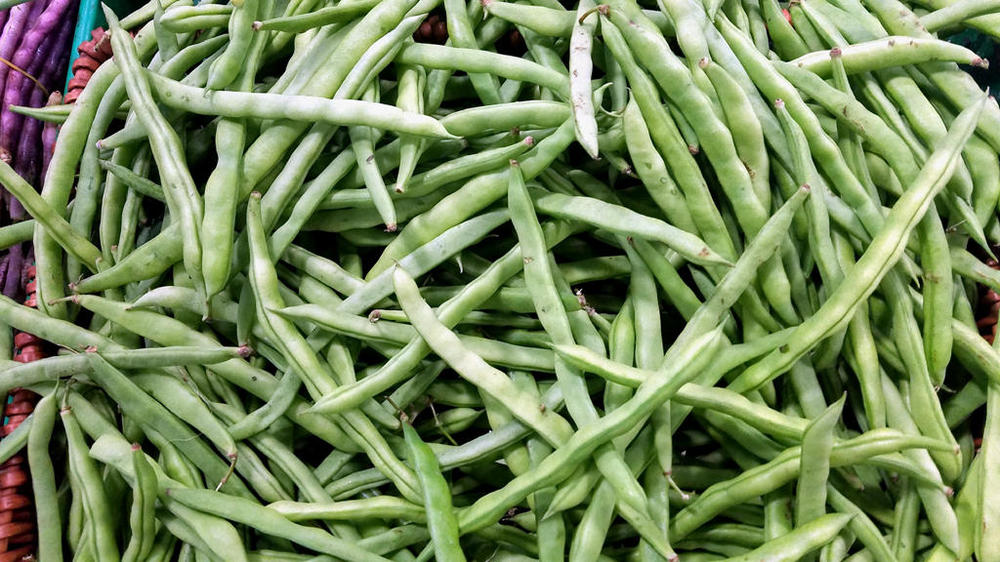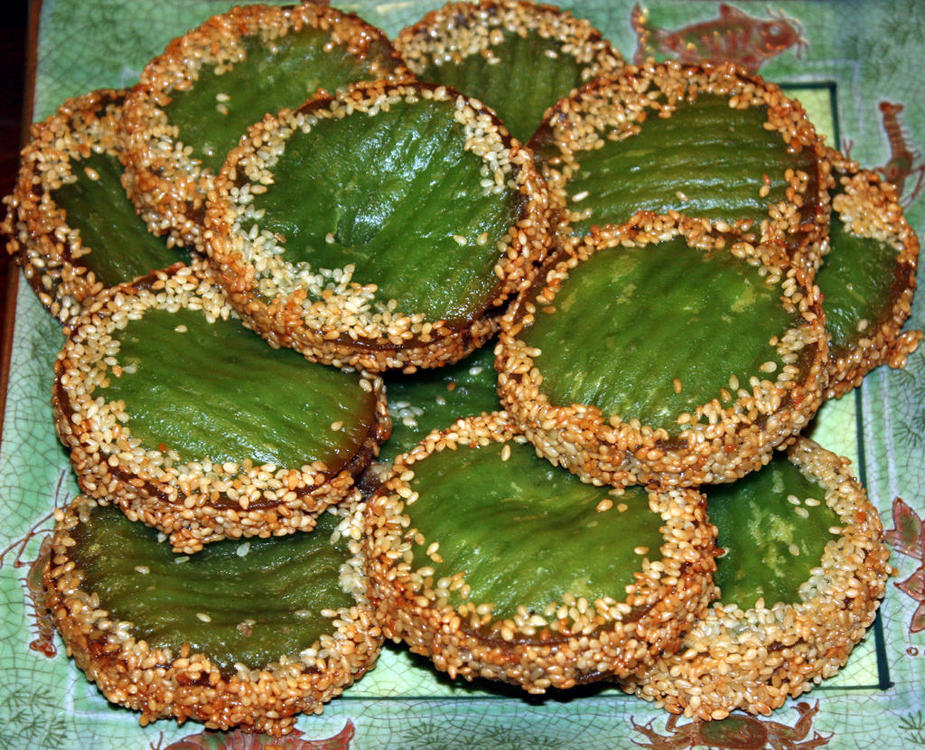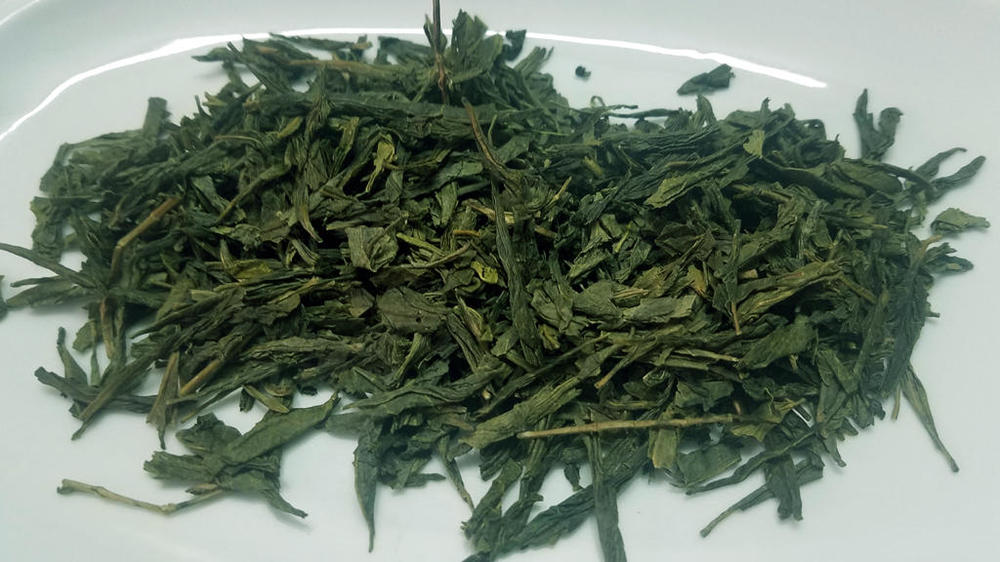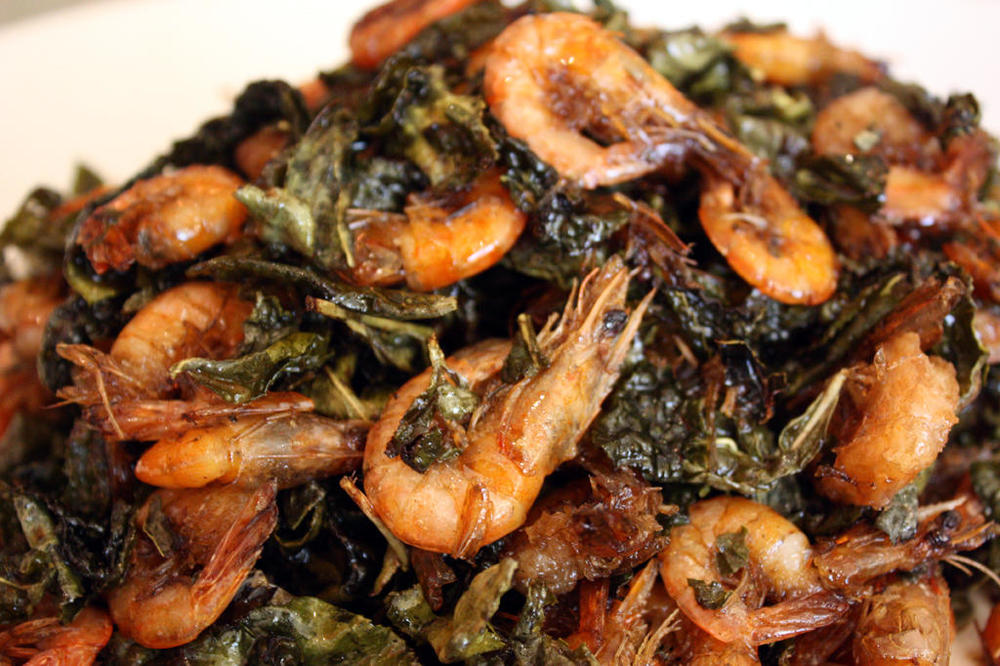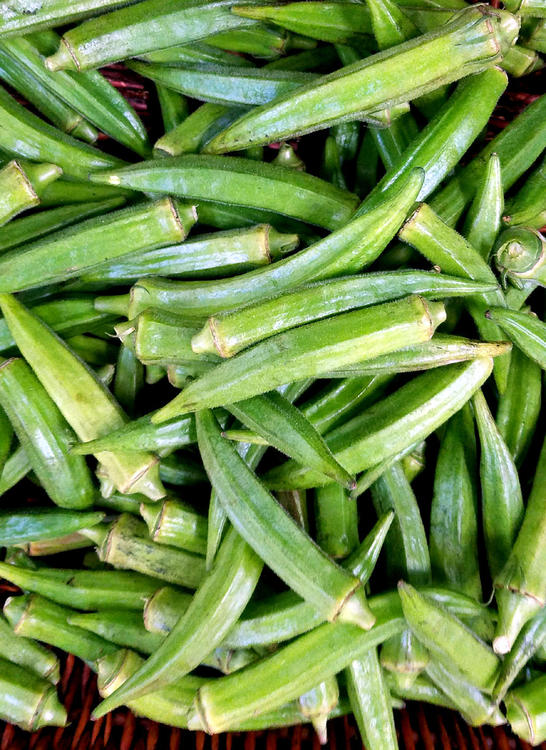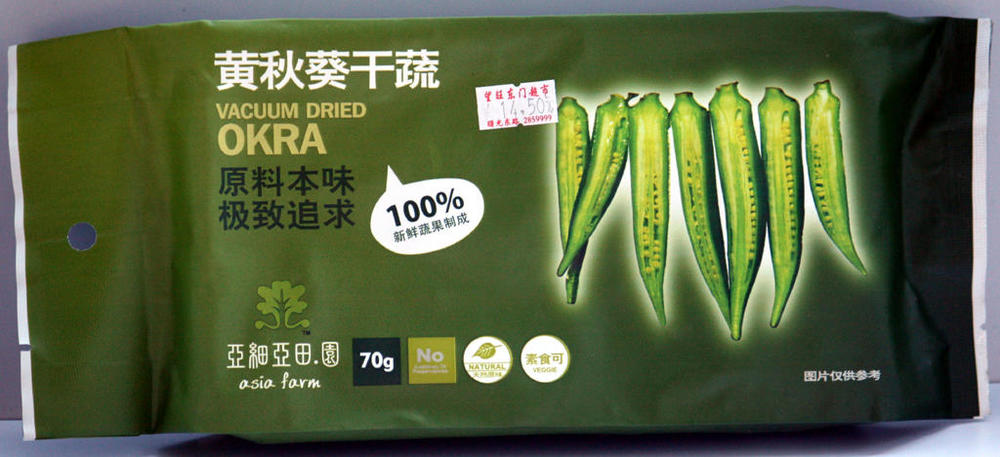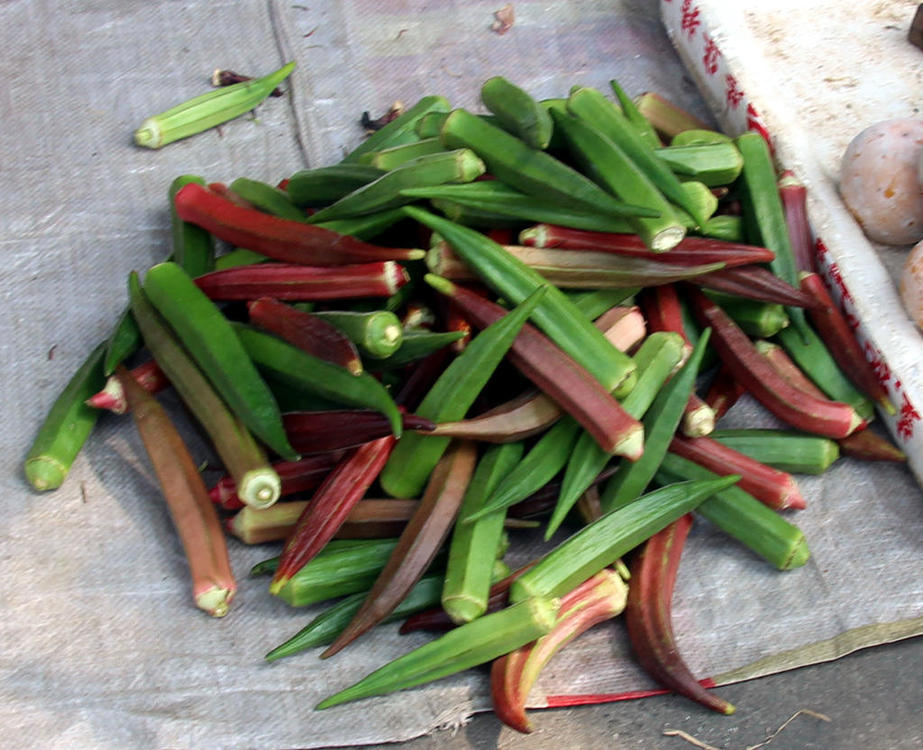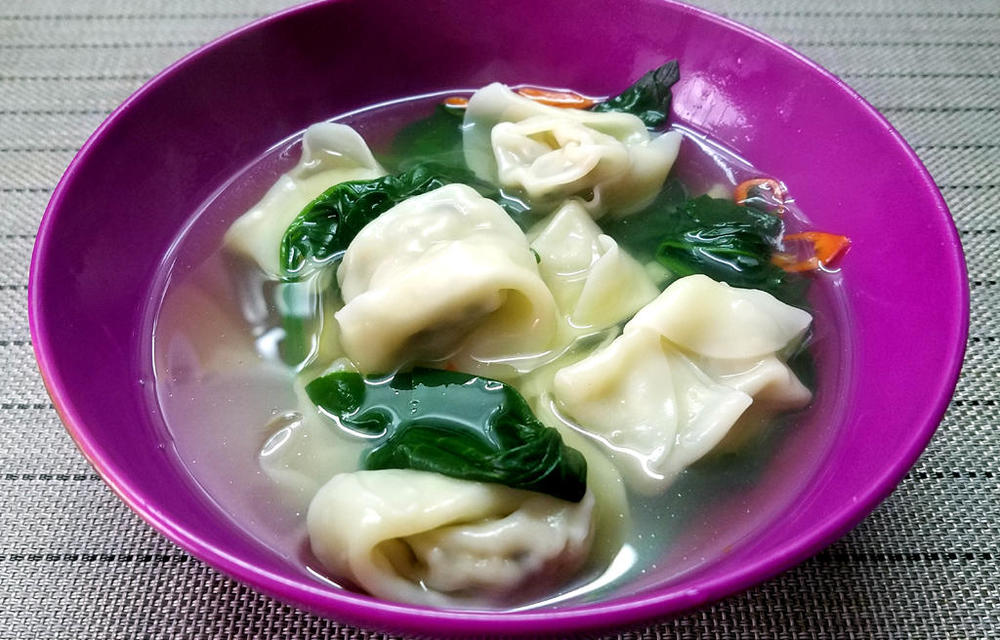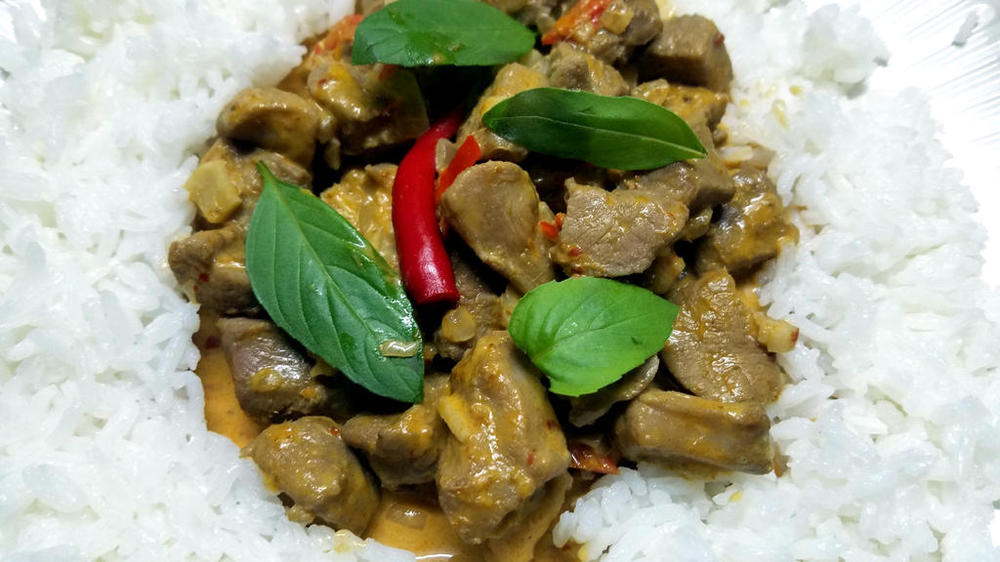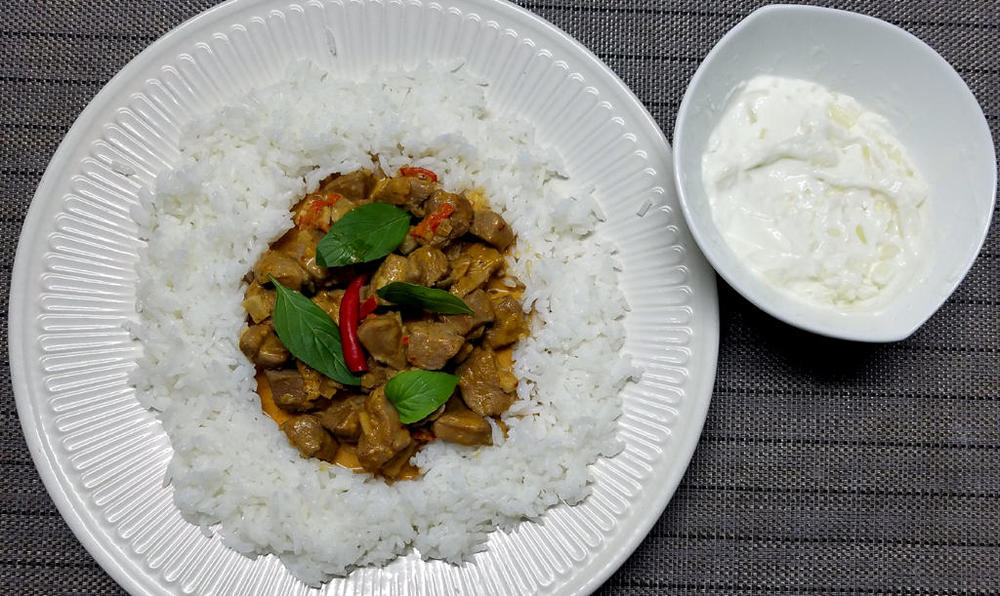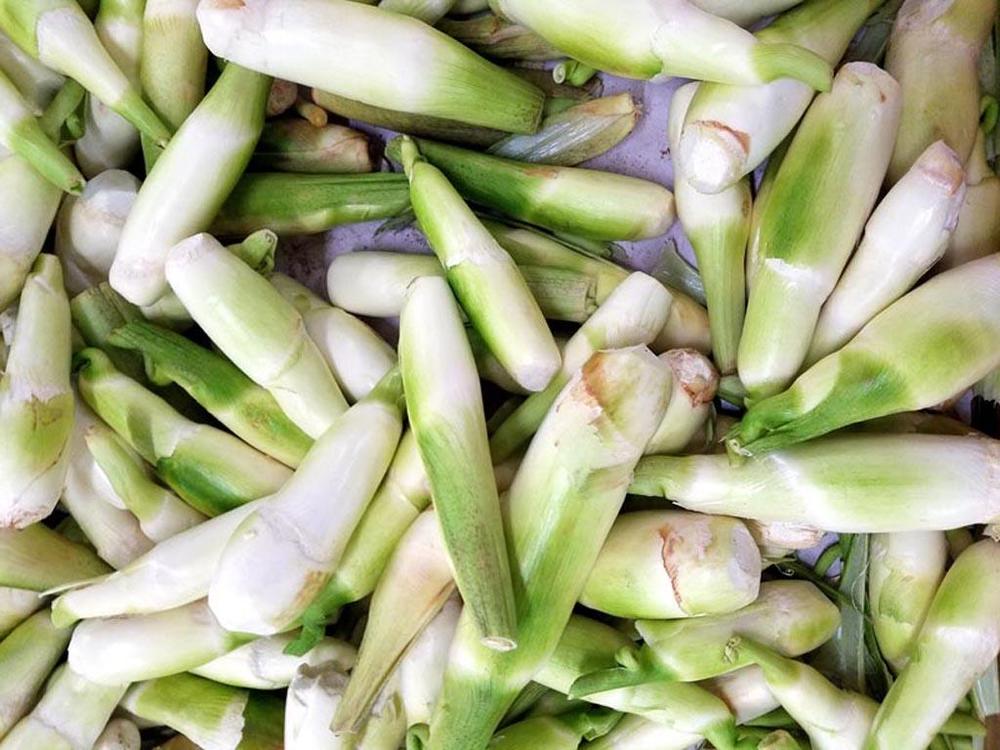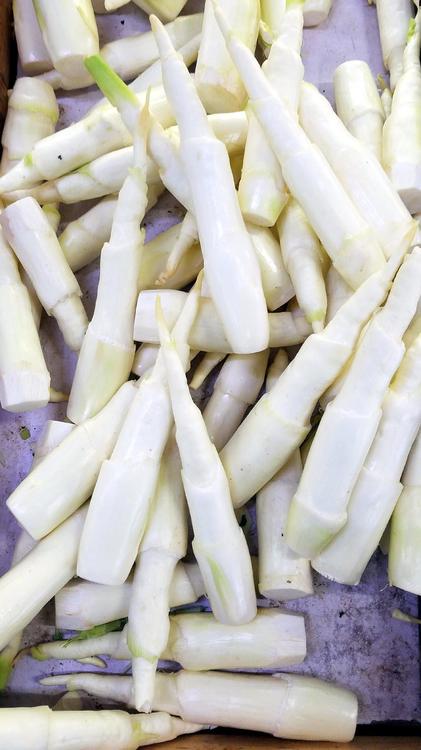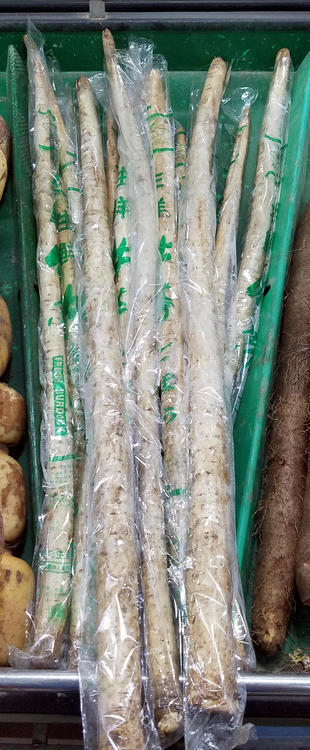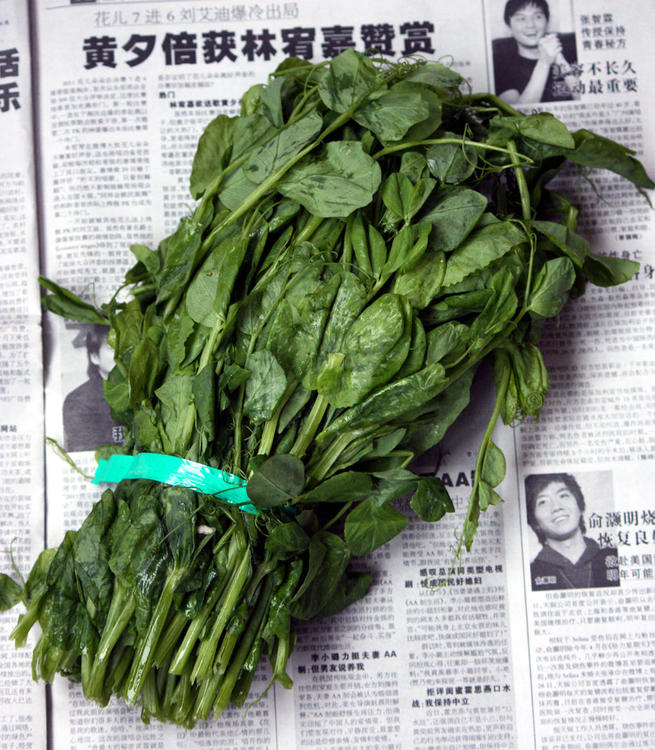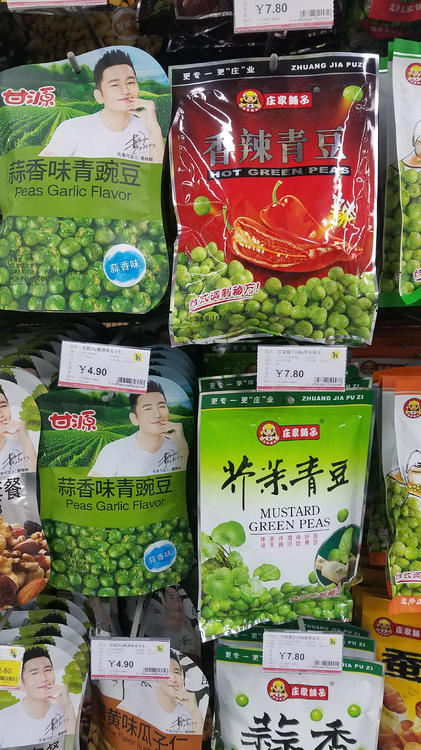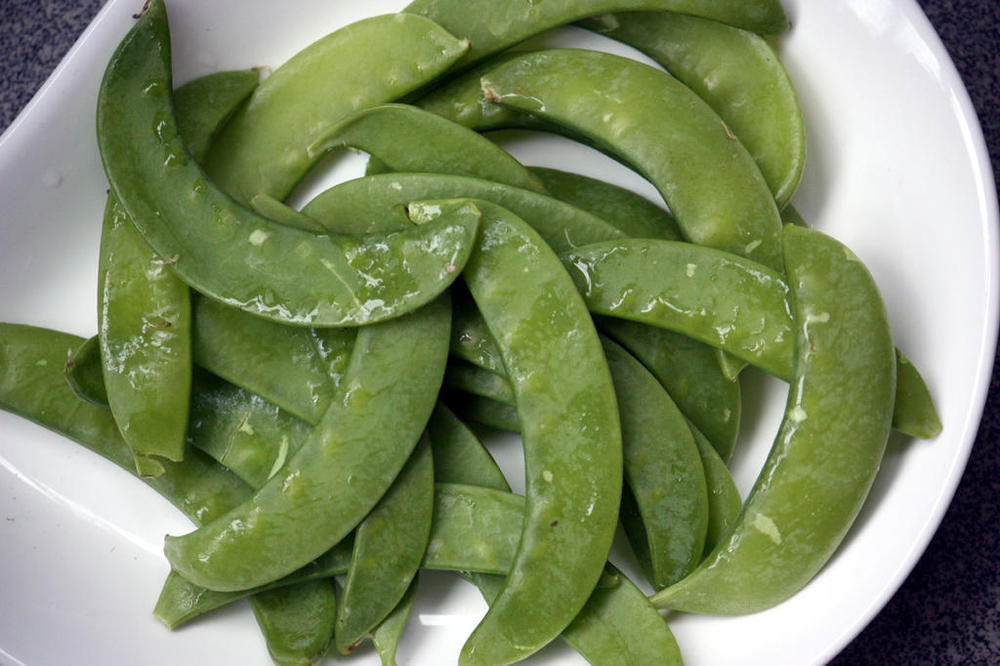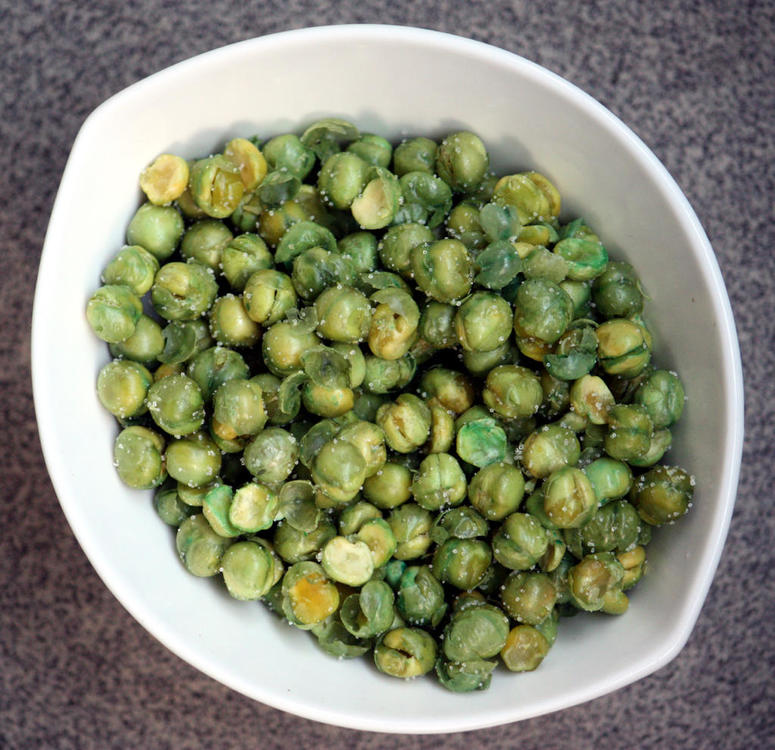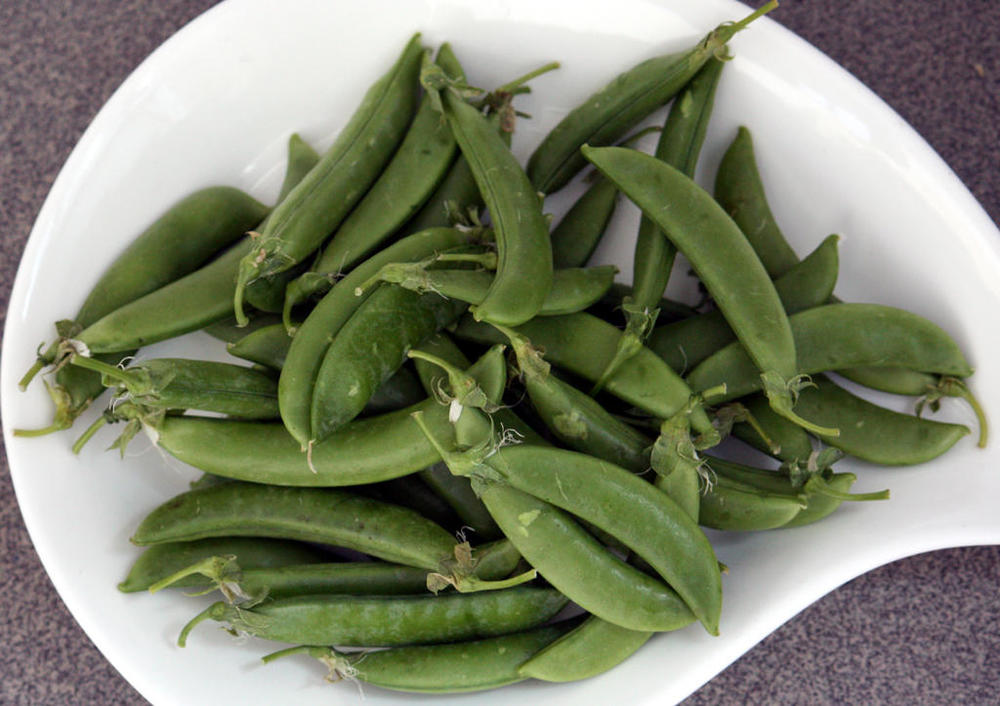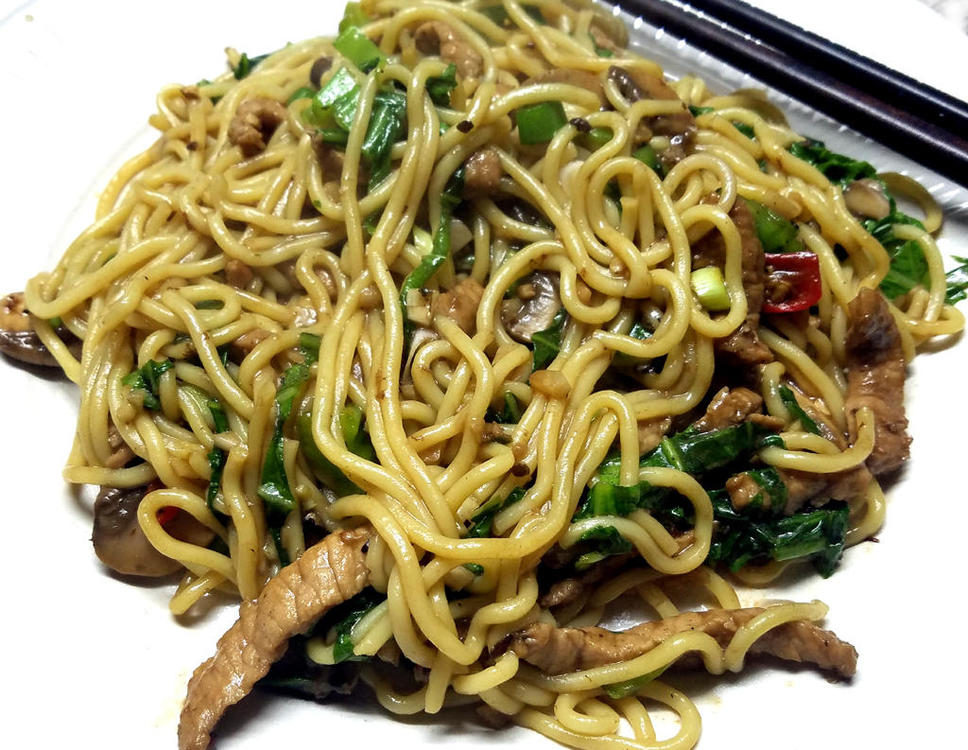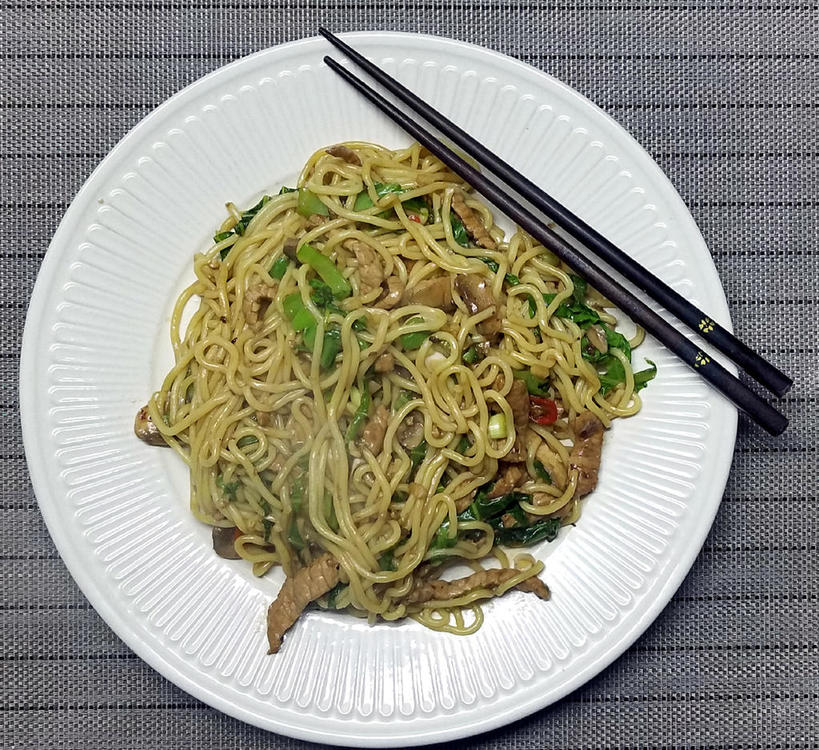-
Posts
16,667 -
Joined
-
Last visited
Content Type
Profiles
Forums
Store
Help Articles
Everything posted by liuzhou
-
@Anna N Well, just typical. I went to four different places and not one had the red variety today. They all did two days ago. I'll grab some next time I see them. Probably soon. In the meantime, however, I did see a white variety. I have seen it before, but it's less common. I'm adding to the original relevant post now.
-
No problem. I want to know, too. Anyway, they are very cheap and I need to eat my greens. Or reds.
-
Good question to which I don't know the answer. I've never cooked the red ones. But I will buy some tomorrow and get back to you!
-
Glycine max I can't really mention China and beans without mentioning soy, or soya beans. In Chinese 黄豆 (Mand: huáng dòu; Cant: wong4 dau6), yellow beans or 大豆 (Mand: dà dòu; Cant: daai6 dau6*2), large beans. regular and black soy beans Most of China's own production, and the huge amount they import, goes into soy cooking oil - 大豆油 (Mand: dà dòu yóu; Cant: daai6 dau6*2 jau4), tofu - 豆腐 (Mand: dòu fǔ; Cant: dau6 fu6); soy sauce - Mand: 酱油 (jiàng yóu); Cant: 豉油 (si6 jau4/4*2), etc. A large amount also goes to livestock feed. Soy Bean Paste (L: Spicy R: Regular) However, there are some uses as vegetables. 毛豆 (Mand: máo dòu; Cant: mou4 dau6*2), literally 'hairy' or 'furry beans' are the immature bean pods, which many know as 枝豆 edamame, the Japanese name. raw cooked Also available are soy bean sprouts - 大豆牙 (Mand: dà dòu yá; Cant: daai6 dau6*2 ngaa4), raised and used just as any other bean sprout. There is also a black strain of soy bean, 黑豆 (Mand: hēi dòu; Cant: hak1 dau6*2). These are salted and fermented to make 豆豉 (Mand: dòu chǐ; Cant: dau6 si6), fermented black beans as used in many dishes. Note that bottled black bean sauce is not available in any stores here; people make their own using the beans directly in the wok as they cook the dish.
-
Aaaaagh! Who mentioned that four letter word, "c#%n"? Yes, corn meal is easily available. It does not enter my home or stomach. Yes, green beans are stir fried.
-
(Vigna unguiculata subsp. sesquipedalis) Although yardlong beans were included in the previous post, they are more usually known here as 豆角 (Mand: dòu jiǎo; Cant: dau6 gok3). Alternative English names include asparagus bean,long-podded cowpea, Chinese long bean, bodi/bora,] snake bean, and pea bean. We get three varieties here. 青豆角 (Mand: qīng dòu jiǎo; Cant: cing1 dau6 gok3), green beans: 红豆角/紅豆角 (Mand: hóng dòu jiǎo; Cant: hung4 dau6 gok3), red beans: and, 白豆角 (Mand: bái dòu jiǎo; Cant: baak6 dau6 gok3), white beans. They are usually cut into bite size pieces and stir fried. They can also be found pickled and dried. Dried Long Beans
-
Today, I'm full of beans. Phaseolus vulgaris Green beans. 四季豆 (Mand: sì jì dòu; Cant: sei3 gwai3 dau6*2), literally 'four season beans. This covers many beans sold and consumed in the pod. It includes runner beans, yardlong bean*, and hyacinth beans. They are known by several English names, including French beans, string beans,[ snap beans, snaps, and sometimes by the French name haricots vert. China grows 80% of the world's green beans. And eats most of them itself. They are stir fried, pickled, and used in soups. * More on yardlong beans in the next post.
-
Yes. I get chicken livers easily too, which I use in various ways. I see fish livers, too. Not sure which fish. Never been down that road.
-
I love lamb's liver (and even better, calves') but both impossible to find here in southern China. I only get the pig liver. I used to buy beef liver to feed to my cat when I lived in Hunan. Never ate it myself.
-
Camellia sinensis. 茶 (Mand: chá; Cant: caa4) Longjing Tea- 龙井茶 Yes, tea. You are probably thinking I've lost the plot. Tea a vegetable? Well, technically it is vegetation. So, why not eat it? Some people on the interwebs claim that it is unpleasant to eat. Bitter and indigestible. The Chinese are having none of that. Green tea, 绿茶 (Mand: lǜ chá; Cant: luk6 caa4) is used as a vegetable. One favourite is this shrimp and green tea dish. I first ate it 22 years ago in Hunan and my local Hunan restaurant has it on their menu. I occasionally make it, too. In Hangzhou in east China, the same dish is made using Dragon's Well Tea, 龙井茶/龍井茶 (Mand: lóng jǐng chá; Cant: lung4 zeng2 caa4) which grows just outside the city. That is what I used in the dish below. Tea is also used in baking such as in these sesame coated green tea cakes, made using a matcha-like preparation. We can also get Japanese matcha, 抹茶 (Mand: mā chá; Cant: mut3 caa4) in bakery supply stores. Jasmine tea leaves 茉莉花茶 (Mand: mò lì huā chá; Cant: mut6 lei6 faa1 caa4) are used to smoke duck in Sichuan's famous Smoked Tea Duck, 漳茶鸭子/漳茶鴨子 (Mand:zhāng chá yā ziá; Cant: zoeng1caa4 aap3 zi2).
-
Abelmoschus esculentus (L.) Moench Okra, okro, ladies' fingers, bhindi. 秋葵 (Mand: qiū kuí; Cant: cau1 kwai4). For the first twenty years in China, I never saw fresh okra here. One shop occasionally had dried okra to be consumed as a snack. It did not rehydrate well, at all. Then two years ago it suddenly appeared. At first, the pods were way too old and long, meaning that the things were so stringy as to be inedible. Now, they've worked it out and every supermarket carries it. Which pleases me greatly, as I like it. I have no idea, though, how Chinese cooks use it. I'll ask. (I did enjoy a dish of grilled venison with grilled okra in Vietnam earlier this year.) Update: See this topic. There is also a red variety which we get from time to time. Sadly, it turns green when cooked.
-
I thought maybe Knorr was going into the seaweed business. Lunch today. 三鲜馄饨 (sān xiān hún tún). Three delicacy wonton soup. The delicacies being pork, shrimp and shiitake. With spinach in a home made silkie chicken broth. Not Knorr!
-
Thai red curry duck. Served with onion raita - yes, not Thai, but I had some home made yoghurt and why not? Served with wok-wilted spinach and rice.
-
I think Anna N meant nori. They look a bit like that to me, too.
-
The taste is very mild and slightly herbal, so yes, it is more valued as a textural thing. The Chinese one is related to the North American one; they are both zizania, but different sub-species, Zizania latiflora in China; Zizania palustris in North America. The reason the Chinese variety is banned in the US is because of the yeast, not the wild rice. I did mention that it was considered an invasive species in NZ.
-
Zizania latiflora I’m not sure what to call this in English. A number of resources label it as “Manchurian wild rice”, but Manchuria as a name is anathema to most Chinese as it refers to the puppet state set up by the Japanese invaders in the 1930s. The area is known to the Chinese as 东北 (literally “east-north”), so I’m going with Dongbei Wild Rice Stems. In Chinese, they go by many names, but the most common seems to be 茭笋/茭筍 (Mand: jiāo sǔn) , 茭白 (Mand: jiāo bái;) 茭白笋/茭白筍 (Mand: jiāo bái sǔn). I have been unable to find the Cantonese name in any of my dictionaries. Maybe they don't know about it. Peeled, they look a lot like bamboo shoots and have been called “water bamboo” in older English texts, but are totally unrelated to bamboo – despite the Chinese name including 笋/筍, which usually refers to bamboo shoots. Many Chinese people think they are bamboo, too. They are the stems of a wild rice plant once an important grain in China. Today the plant is virtually extinct in the wild and the grain is no longer eaten, but the stems are still cultivated as a vegetable. The stems are infected by a fungus, Ustilago esculenta, which causes them to swell into juicy tubers. These are peeled, sliced and usually stir fried, although it can be eaten raw. The vegetable retains a certain crispness when stir fried, a desirable quality in Chinese cuisine. The importation of the stems to the USA is illegal as there are fears the fungus would spread to native wild rice varieties. It is classified as an invasive species in New Zealand.
-
Me too.
-
Yes, they do, but I've only ever once seen it as a commercial product. It is possible people prefer to pickle it at home themselves, though. The Chinese pickle everything!
-
oops, I already did this one here.
-
Arctium lappa Superficially similar to the Chinese yams a couple of posts back, this is in fact a different species altogether What you are looking at is burdock root, or 牛蒡 (Mand: niú páng ; Cant: ngau4 bong2). Burdock is in the same family as sunflowers, and is related to the artichoke. Only the roots are eaten here, but I'm told the young flower stems are also edible. The roots are up to 1metre/ 3 ft 3 in) in length. These are usually sliced and stir fried, but sometimes used in hot pots. Kind of potato-y but crisp. Like almost everything, burdock is used in traditional Chinese medicine. I also remember, very clearly, drinking dandelion and burdock as a child.
-
The mind boggles.
-
Pisum sativum. Give peas a chance. Peas are grown in China but I rarely see fresh peas in their natural state in the pod, or out. On occasion, they turn up pod-free in bags in some supermarkets. I bought them once. They were so old that all the sugars had turned to starch and they were rock hard. Boiling them for hours made no difference whatsoever. Inedible. Also frozen fresh peas are unheard of. Even more occasionally, I have seen canned peas, but not very good ones. So where are all these peas going. Well, mainly into the snack market. Roasted salted and flavoured peas are widely available. I used to buy and enjoy them, but I got scared of how long my teeth would last biting into them, so I haven't had any for years. Salted dry roasted peas What we do get however as a non-snack item, but more a vegetable are pea sprouts 豌豆芽 (Mand: wān dòu yá; Cant: wun2 dau6*2 ngaa4), made just like all other bean sprouts. We also get pea greens 豌豆苗 (Mand: wān dòu miáo; Cant: wun2 dau6*2 miu4), used as is any other green vegetable. What we do get in pods are sugar snap peas, Pisum sativum var. macrocarpon. In Mandarin Chinese, 甜豆 (tián dòu), meaning 'sweet bean', but in Cantonese 蜜豆 (mat6 dau6*2), translating as 'honey bean'. These an the next example are both sometimes referred to by their French name 'mange tout', meaning 'eat all', as the pods are almost often eaten along with their content. And, snow peas, Pisum sativum var. saccharatum, 荷兰豆/荷蘭豆 (Mand: hé lán dòu; Cant: ho4 laan4*1 dau6*2) , which means 'Holland beans'. I have no idea why they think they are from Holland. These are frequently cooked with squid and other seafood. The stems and leaves are also eaten.
-
Not what I planned, but life intervened. Still, I enjoyed it. Fresh ramen noodles stir fried with pork, mushrooms, shredded mustard greens, chilli, Sichuan peppercorns, garlic, ginger, Shaoxing wine and soy sauce.


